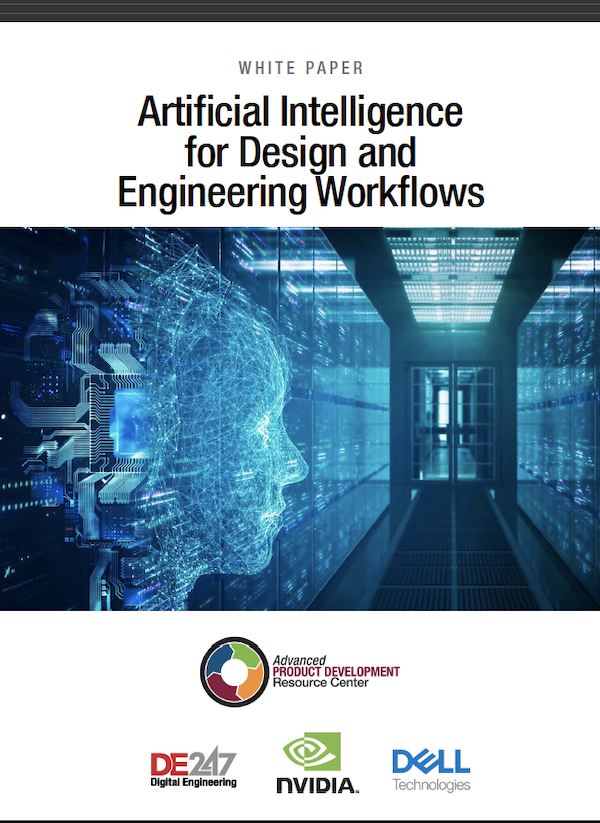
October 25, 2023
As products become more complex, design and engineering workflows must evolve to help companies meet market demands to create innovative designs on a much faster timetable. The emergence of new types of materials, increased regulatory pressures around efficiency, sustainability, and lightweighting, and the use of new manufacturing approaches like 3D printing have also created new challenges when it comes to engineering.
Technologies like artificial intelligence (AI) and machine learning (ML) can help accelerate design and simulation processes by helping engineers discover novel solutions, take advantage of large amounts of existing simulation data, and improve final designs. Design and simulation software vendors are beginning to incorporate AI and ML into their solutions, taking advantage of powerful new engineering workstations equipped with modern GPUs that offer a massive upgrade in computing horsepower.
In this paper, we will explain how AI is being incorporated into design and engineering solutions and workflows, and how new workstations and high-performance computing (HPC) solutions are enabling engineers to effectively tap into these capabilities.
Latest News








